What Is The Unique Value And Purpose Of A Roof Valley?
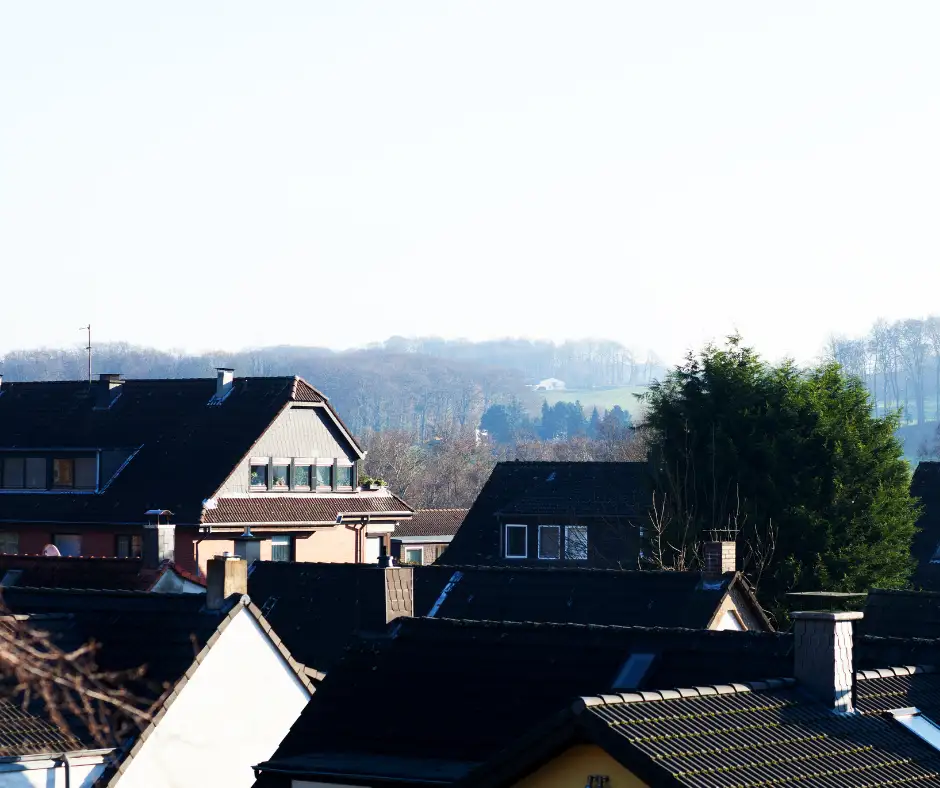
As a Winnipeg homeowner, you’ve likely gazed at your roof countless times without giving much thought to its intricate design. But have you ever noticed those V-shaped channels running down your roof’s slopes? These are called roof valleys and roof valley plays a crucial role in protecting your home.
According to a 2022 study by the Canadian Roofing Contractors Association, properly installed valleys can extend a roof’s lifespan by up to 25%.
In Winnipeg’s harsh climate, where we face everything from heavy snowfall to spring thaws, understanding the purpose of roof valleys is key to maintaining your home’s integrity.
Let’s explore why these often-overlooked features are so important for your Winnipeg residence.
What is a Roof Valley?
You might not think about your roof valleys often, but these V-shaped channels play a crucial role in your home’s roofing system. A roof valley is where two roof planes meet, forming a depression that directs water flow. In Winnipeg, where we experience heavy rainfall and snowmelt, properly installed valley roofing is essential for protecting your home from water damage.
The Importance of Roofing Valleys and Hips
Roof valleys are your first line of defense against water intrusion. They efficiently channel rainwater and melting snow off your roof, preventing pooling that could lead to leaks and structural damage. Without well-constructed valleys, your roof would be vulnerable to ice dams and water seepage, especially during Manitoba’s harsh winters.
Valley roof design also impacts your home’s curb appeal. When installed correctly by experts like All Weather Exteriors, these architectural elements can enhance your roof’s aesthetic, making your Winnipeg home stand out in the neighborhood.
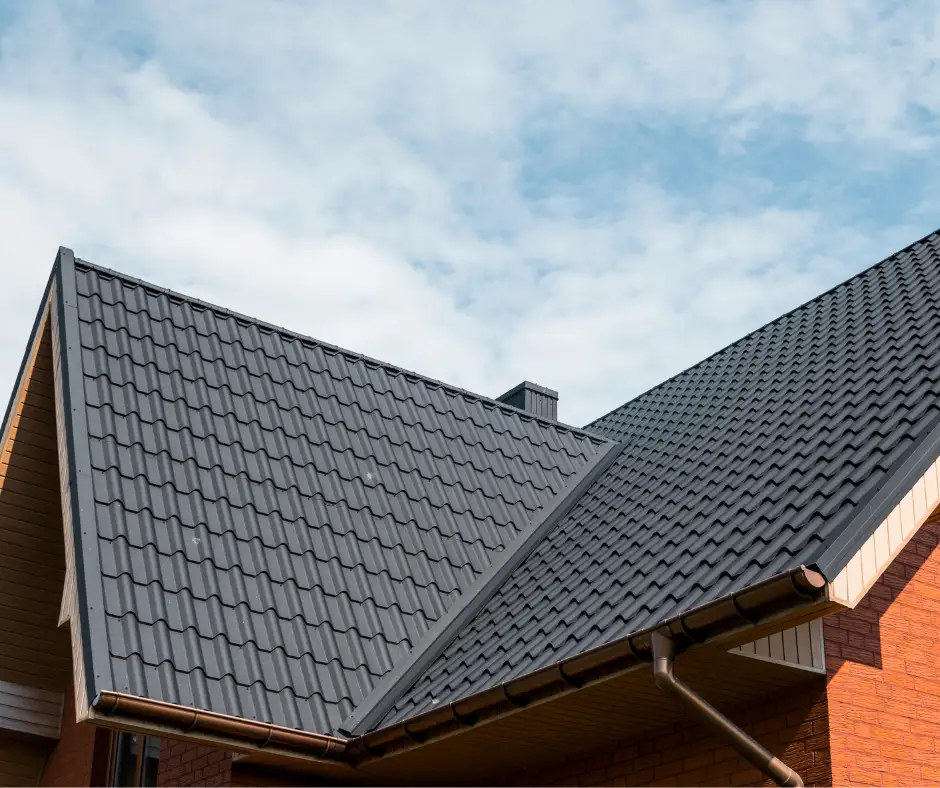
The Purpose and Function of Roof Valleys
Efficient Water Management
Your roof valley plays a crucial role in directing rainwater and melting snow away from your Winnipeg home. These V-shaped channels act as natural gutters, efficiently funneling water towards your eavestroughs. Proper valley roofing ensures that water doesn’t pool on your roof, preventing leaks and potential structural damage.
Structural Support
Roof valleys and hips provide essential support to your home’s overall structure. They help distribute the weight of your roof evenly, reducing stress on individual components. This is particularly important in Winnipeg, where heavy snow loads can put extra strain on roofs during our harsh winters.
Enhancing Curb Appeal
Beyond their practical functions, valley roof designs can significantly boost your home’s aesthetic appeal. When properly installed and maintained, these architectural features create attractive lines and shadows, adding visual interest to your roof’s profile. All Weather Exteriors can help you choose valley roofing materials that complement your home’s style while ensuring optimal performance.
Understanding Roof Valley Types
When it comes to roofing valleys and hips, Winnipeg homeowners have several options to consider. Let’s explore the main types of roof valleys you might encounter:
Open Roof Valley
Open valleys are a popular choice for many homes in Manitoba. These valley roof designs use metal flashing that’s visible from the ground, creating a sleek, modern look. They’re excellent at channeling water away from your roof, which is crucial during Winnipeg’s heavy spring rains and winter melts.
Closed Roof Valleys
Closed valleys, on the other hand, are less visible but equally effective. In this design, shingles from both roof planes overlap the valley, creating a seamless appearance. While they may require more maintenance, closed valleys can enhance your home’s curb appeal.
Hip Valleys
For those with more complex roof designs, hip valleys are often used. These occur where a hip roof meets a gable end, creating a unique valley roofing challenge. All Weather Exteriors specializes in properly installing these tricky intersections to ensure your roof remains watertight and structurally sound.
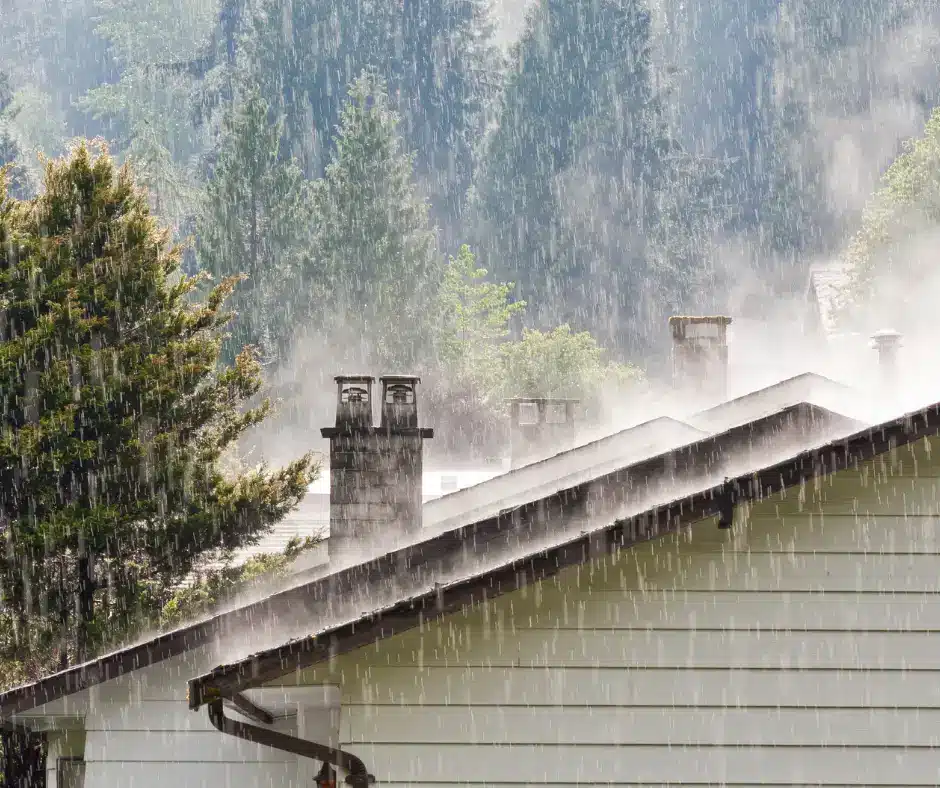
Materials Used for Roof Valleys
When it comes to protecting your Winnipeg home from our harsh Manitoba winters, choosing the right materials for your roof valleys is crucial. Here’s what you need to know about the most common options:
Metal Valleys
Metal is a popular choice for valley roofing due to its durability and water-shedding properties. Copper, aluminum, and galvanized steel are top picks for Winnipeg’s climate. These materials can withstand heavy snow loads and direct water efficiently, making them ideal for our long winters.
Asphalt Shingles
Many homeowners opt for asphalt shingles in their roof valleys. This method, known as a “closed valley,” involves weaving shingles from both roof planes together. While cost-effective, it requires expert installation to prevent leaks.
Rubberized Materials
For added protection, some roofing valleys and hips incorporate rubberized underlayment. This flexible material provides an extra barrier against ice dams, a common issue in Winnipeg’s freeze-thaw cycles. When combined with metal or shingle valleys, it offers superior waterproofing for your roof.
Common Roof Valley Problems to Watch Out For
As a Winnipeg homeowner, you need to be aware of potential issues with your roof valleys. These crucial areas where two roof planes meet can be prone to problems if not properly maintained. Valley roofing requires special attention to prevent leaks and damage.
Debris Accumulation
One common issue is the buildup of leaves, twigs, and other debris in your roof valley. This can block water flow, leading to pooling and potential leaks. Regular cleaning of your roofing valleys and hips is essential, especially after stormy weather.
Ice Dams
In Winnipeg’s harsh winters, ice dams can form in your roof valleys. These ice buildups can force water under your shingles, causing interior damage. Proper insulation and ventilation can help prevent this problem.
Worn Flashing
The metal flashing in your valley roof can deteriorate over time, compromising its water-shedding ability. Inspect your roof valleys regularly for signs of rust or damage, and have a professional roofing contractor like All Weather Exteriors replace worn flashing promptly to maintain your roof’s integrity.
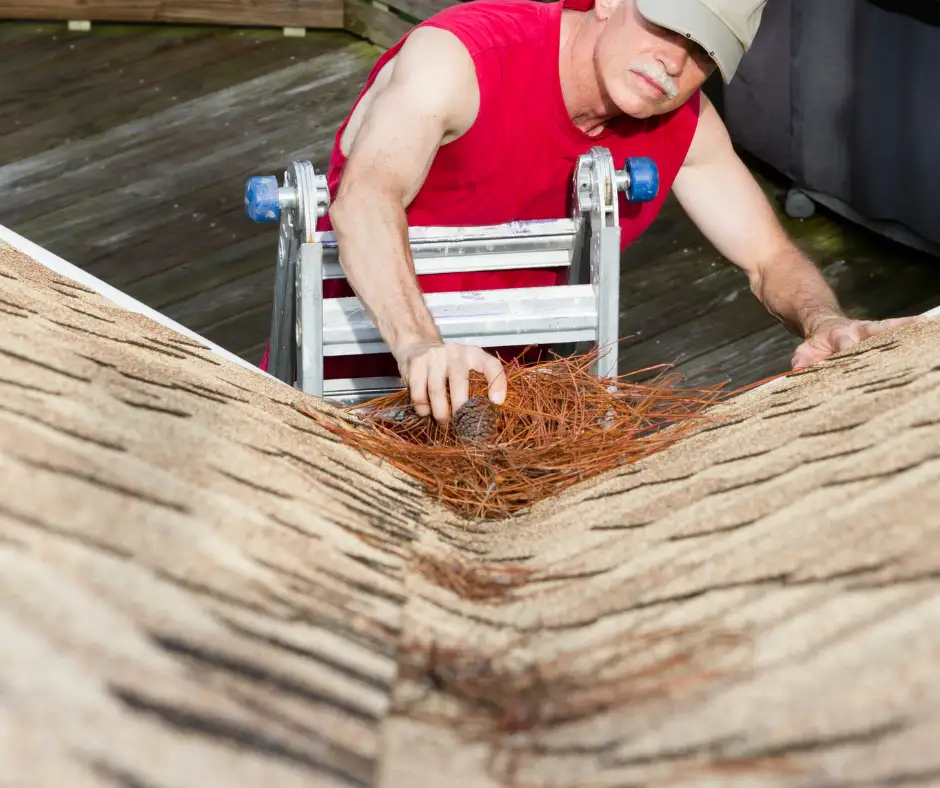
The Cost of Roof Valley Repair or Replacement
When it comes to maintaining your home in Winnipeg, understanding the costs associated with roof valley repair or replacement is crucial. The price of fixing your valley roofing can vary widely depending on several factors.
Material Costs
The choice of materials for your roof valleys significantly impacts the overall expense. In Winnipeg’s climate, durable materials like metal flashing or high-quality shingles are often recommended for valley roof construction. These materials may cost more upfront but can save you money in the long run by withstanding harsh weather conditions.
Labor and Complexity
The complexity of your roof’s design and the extent of damage to the roofing valleys and hips will affect labor costs. Steep pitches or hard-to-reach areas may require more time and specialized equipment, increasing the price. Additionally, if underlying structural issues are discovered during repair, this can add to the overall cost.
Remember, investing in quality materials and professional installation for your roof valley can prevent costly water damage and extend the life of your entire roofing system.
Roof Valley FAQs: Your Top Questions Answered
What is a roof valley and why is it important?
A roof valley is a V-shaped crease where two roof panels come together. These crucial areas of your home’s roofing system play a vital role in directing water away from your house. In Winnipeg, where we experience heavy rainfall and snowmelt, properly installed valley roofing is essential for preventing leaks and water damage.
How often should roof valleys be inspected?
Experts recommend inspecting your roof valleys at least twice a year, especially after harsh Manitoba winters. Look for signs of wear, such as cracked shingles or debris buildup. Regular maintenance of roofing valleys and hips can extend the life of your entire roof and prevent costly repairs down the line.
What materials are best for valley roof construction?
For Winnipeg’s climate, metal flashing is often the top choice for valley roof construction. It’s durable, weather-resistant, and can handle the freeze-thaw cycles we experience. However, the best material for your home depends on various factors, so consult with a professional roofing contractor like All Weather Exteriors for personalized advice.
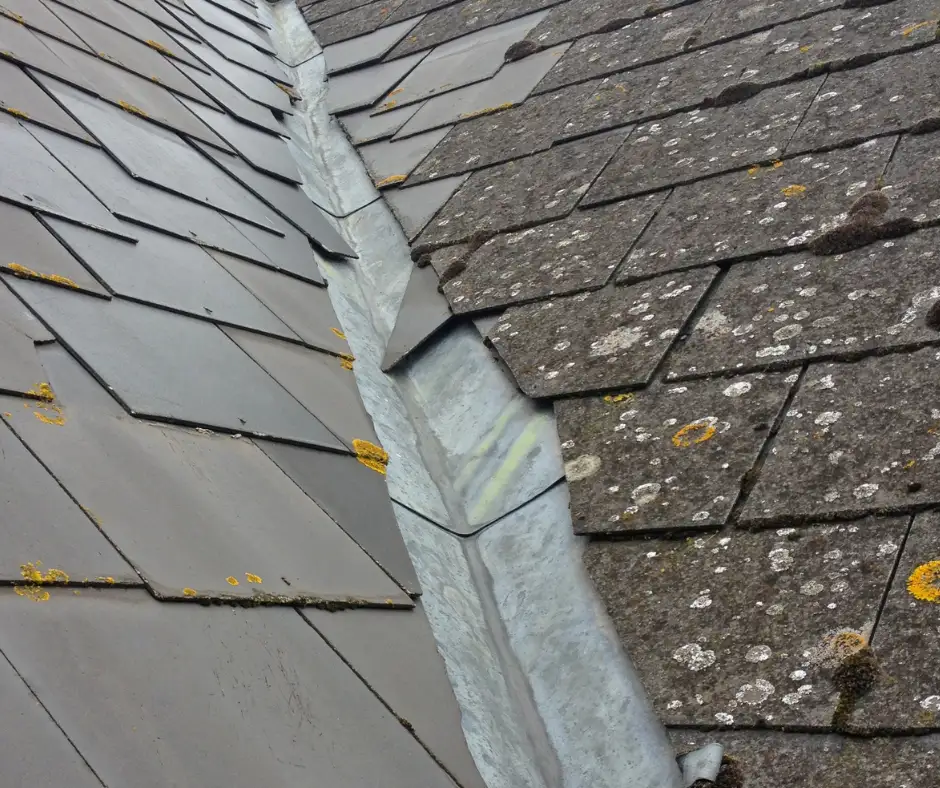
As you can see, roof valleys play a crucial role in protecting your Winnipeg home from water damage.
By efficiently channeling rainwater and melting snow away from your roof, valleys help prevent leaks and extend the life of your entire roofing system.
According to a 2022 study by the University of Manitoba, properly installed and maintained valleys can increase a roof’s lifespan by up to 30%. Don’t overlook this vital component when planning your next roof repair or replacement.
By working with a qualified local contractor to ensure your valleys are in top shape, you’ll safeguard your home and save money in the long run.
Remember, a well-functioning roof valley is your first line of defense against Winnipeg’s harsh weather conditions.
All Weather Exteriors is your trusted partner for expert roofing solutions in Winnipeg.
Our team of skilled professionals understands the crucial role of roof valleys in protecting your home. We specialize in installing and maintaining high-quality roof valleys to ensure optimal water drainage and long-lasting roof performance.
Contact us today for a free roof inspection and let us safeguard your investment.

Leave a Reply
You must be logged in to post a comment.